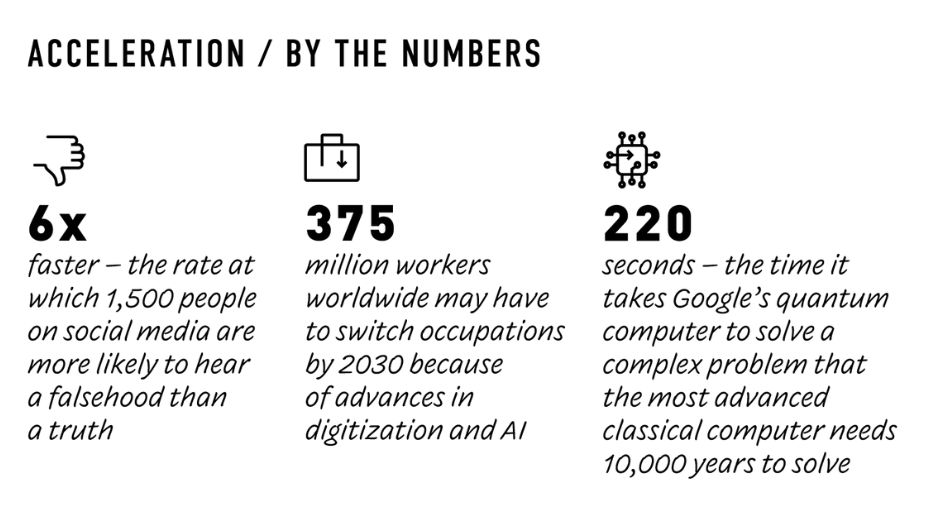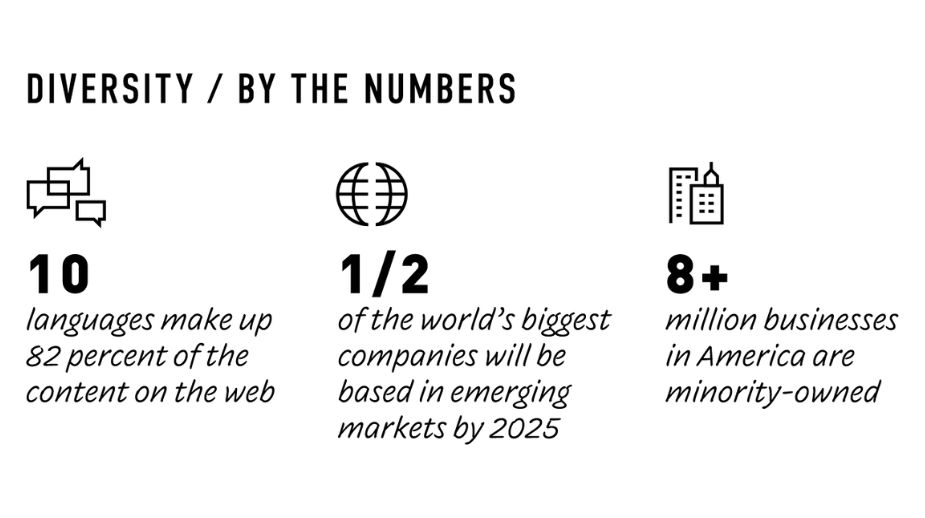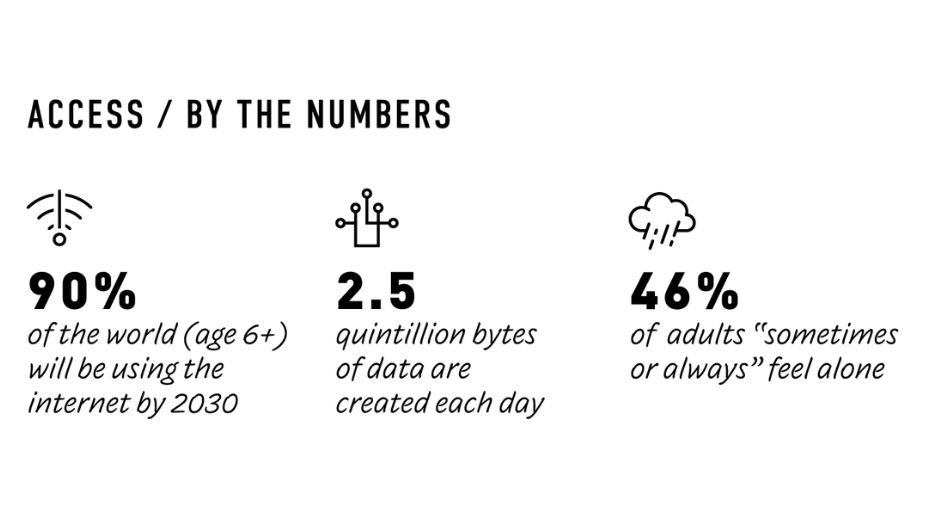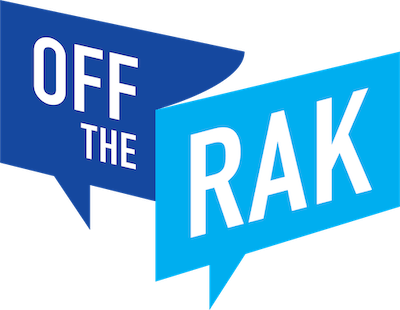An excerpt from Transfluence: How to Lead with Transformative Influence in Today’s Climates of Change
Climates are an unavoidable component of every environment. They have basic characteristics, but they don’t stay exactly the same from day to day; they influence what we do and how we do it; and they can be influenced over time but not fully controlled. They attract all sorts of animals that thrive in certain conditions, some friendly and some not. And they bring storms, sunshine, rainbows, and clouds—sometimes all on the same day.
As the great pundit Anonymous put it, “Climate is what we expect, weather is what we get.”
Most of us live in a climate defined by historical weather trends that give us some idea of what to expect from season to season. The environment for leadership, however, is more complex, because it exists at the convergence of three dynamic climates: access, diversity, and acceleration. Each is independently distinguishable, but all three are present at the same time. It’s like living in some mystical land where polar, tropical, and desert climates all co-exist. Just figuring out how to dress is a challenge.
That these climates exist and impact the world in which we live and lead isn’t up for debate. I experienced them firsthand as a leader at Prologis. Their influence has only grown stronger in recent years, and they will continue to dominate the workforce environment for the foreseeable future. How they impact and shape our world is in some ways obvious but in many other ways quite hard to figure. I can say with confidence, however, that these climates, either on their own or in aggregate, are producing significant opportunities and tensions that will challenge leaders for generations.
Never miss a post about leadership, transparency, and trust by signing up for my weekly mailing list, delivered right to your inbox. Sign up here.
This book isn’t about the climates per se, but it is all about what it takes to lead effectively within those climates. Our challenge is to navigate in this environment with precision and purpose, using the enduring principles of transfluence to bridge the gaps between the fast-paced, diverse world and the basic needs of people around us. To do that successfully, we need to understand these climates and then apply timeless values in ways that augment their realities.



Conflict in the Climates
Together, these three climates create realities (positive, negative, and in between) that impact how everyone thinks, feels, and behaves. On one hand, they allow us greater access to a variety of things at lightning speed. They result in progress that was unimaginable in years past. More and better information rapidly acquired from unique perspectives enables us to make highly informed decisions. That’s good. On the other hand, these climates can cause us to feel intimidated, overwhelmed, and underappreciated. They can make us more skeptical and less open-minded. And they can leave us too busy to keep up and too distracted to focus.
In short, while these climates often produce healthy desires, legitimate needs, and amazing opportunities for progress, they simultaneously form storms that can block us from fulfilling those desires, meeting those needs, and experiencing that growth. And that creates a very challenging environment for leaders.
If you ask leaders what they would like to see in their workforces, for instance, they will tell you that this rapidly changing and more diverse world is creating the need for more collaboration, more communication, more interaction, and more openness. When PwC interviewed more than a thousand CEOs, a wide majority mentioned that they were looking for skills that machines can’t perform such as leadership and emotional intelligence. And if you ask most emerging leaders, they will tell you they want more mentorship, more personal growth, and more purpose in their jobs.
Lead with Transformative Influence

Transfluence shows leaders how they can have transformative influence by overcoming their fears and pride, building transparency into their leadership, developing a strong core of authentic values, and passionately pursuing a meaningful purpose.
Available Now.
Given all of the challenges associated with greater access, growing diversity, and the pace of acceleration, the world craves leaders who demonstrate a high degree of empathy, transparency, and authenticity. Leaders who look outward to others and not inward to themselves. Leaders who can hold diverse groups accountable and yet be sensitive to their changing needs. Leaders who can demonstrate quick thinking and decisive action with informative openness during the process. And leaders who demand excellence at high speeds but also bring a sense of balance and purpose to their lives and the lives of those around them.
That’s all easier said than done, of course, but transfluence isn’t impossible, and it’s certainly worth the effort. It begins with a simple, timeless premise: Leadership is not about you; it’s about the influence you have on those you touch. From that starting point, we can follow a prescriptive path of self- discovery that unpacks and applies the universal truths and innovative best practices. These values weren’t born in the digital age, but they provide the foundation for managing access, diversity, and acceleration in ways that build trust and serve the greater good. Thus, they shape our quest for transformative influence within the complex climates of our modern world.

COMING SOON TO OFF THE RAK: CONVERSATIONS ON TRANSFORMATIVE LEADERSHIP
February 22: Mike Nolan, former head coach of the San Francisco 49ers and current head coach of the Michigan Panthers (UFL)
March 21: LPGA golfer and two-time Solheim Cup captain.
